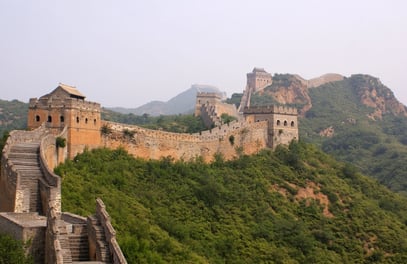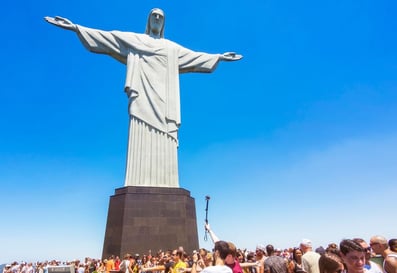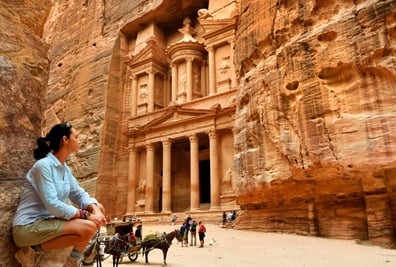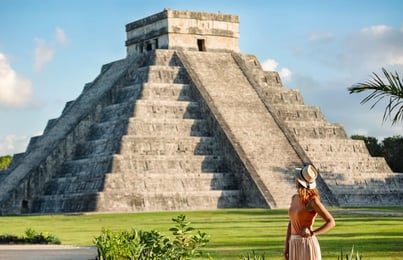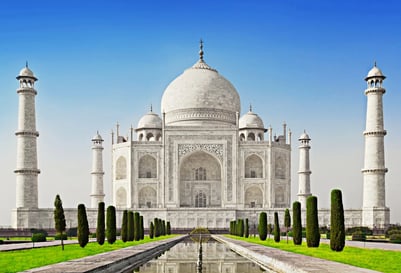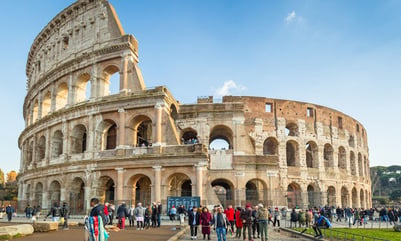Modern Wonders of the World
The Great Wall of China is a magnificent architectural wonder, stretching over 13,000 miles across northern China.
Constructed mostly during the Ming Dynasty (1368-1644), it served as a line of defense against invaders. Today, it symbolizes China’s rich history and a must-visit destination for any world explorer.
The most iconic structure, Al-Khazneh or “The Treasury”, boasts a magnificent facade sculpted from red sandstone. Many people know it as the entrance to the grail in “Indiana Jones and the Holy Grail.”
To experience Petra at its most magical, consider visiting during the Petra by Night event, when thousands of candles illuminate the entire site.
The Christ the Redeemer statue is one of Brazil’s most notable landmarks, overlooking the city of Rio de Janeiro.
Standing approximately 125 feet tall, this Art Deco masterpiece is perched atop Mount Corcovado and offers sweeping views of the surrounding landscape.
The site boasts impressive stone structures, terraced fields, and captivating views. Accessing Machu Picchu is an adventure unto itself — visitors must either hike the arduous Inca Trail or take a scenic train
Tucked away in the Andean Mountains of Peru, Machu Picchu is a remarkable Incan citadel dating back to the 15th century.
The iconic El Castillo or “Temple of Kukulcan” pyramid takes center stage, while other structures, such as the Great Ball Court and the Temple of the Warriors, offer insight into the ancient Mayan civilization.
Located on the Yucatán Peninsula in Mexico, Chichen Itza is a well-preserved Mayan city once a thriving cultural and economic center.
In its prime, the Colosseum could hold up to 70,000 spectators and hosted gladiatorial contests, mock sea battles, and other public spectacles. Today, this iconic ruin offers guided tours, allowing visitors to delve into the history of ancient Rome.
As the largest amphitheater ever built, the Roman Colosseum is a testament to the ancient Roman Empire’s architectural domination.
Completed in 1653, this ivory-white marble mausoleum showcases intricate details, such as floral patterns and geometric shapes, that blend Persian, Islamic, and Indian architectural styles
The Taj Mahal in Agra, India, was built by the Mughal emperor Shah Jahan in memory of his beloved wife.
